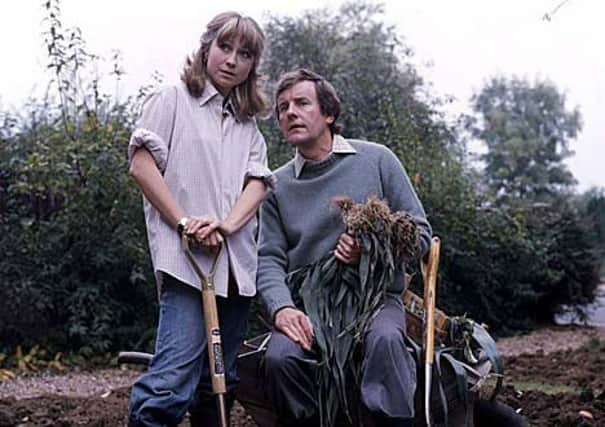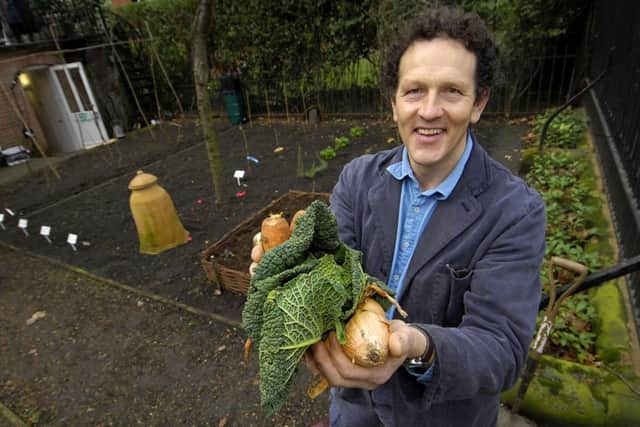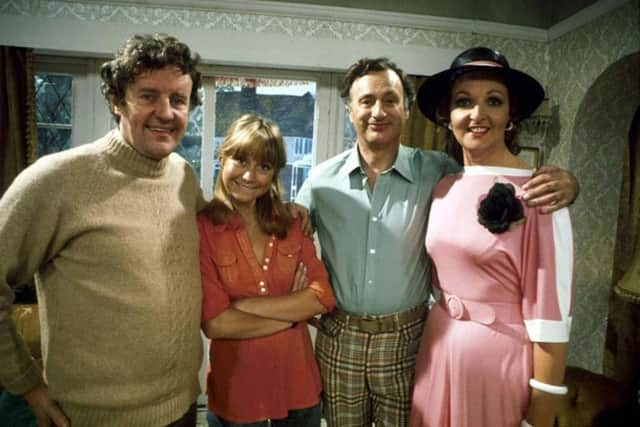Watching Felicity Kendall on The Good Life was bad for you after all, says garden guru Monty Don


But according to television gardener Monty Don, the self-sufficient lifestyle promoted by Felicity Kendall and Richard Briers in The Good Life is a “non-starter” and likely to lead those who pursue it into “13th-century malnutrition”.
Whilst acknowledging the benefits of growing some fruit, vegetables and herbs - which he says is one of the most life-enhancing things a person can do - he slammed Kendall and Briers’ Barbara and Tom as “creepily pathetic”.
Advertisement
Hide AdAdvertisement
Hide AdWriting in Gardeners’ World magazine, he said: “No one seriously wanted to know how to separate curds from whey or render fat to make candles, but millions wanted the idea of self-sufficiency.


“Self-sufficiency, I have to tell you, is a non-starter. At best it consigns you to a life of dreary repetition and terrible food, at worst your teeth fall out, your breath stinks, you erupt in boils and you sink into 13th-century malnutrition - The Good Life indeed.”
But Shaun McKenna, who in 2014 moved with his wife Wendy and family from the York suburbs to an eight-acre smallholding in Everingham, on the edge of the Yorkshire Wolds, disagrees.
While complete self-sufficiency has taken a back seat in recent months as they opened a tea shop at their farm, they produce everything from potatoes, peas and beans to chili peppers, raspberries, figs and butternut squash in around a quarter of an acre of raised beds and greenhouses.
Advertisement
Hide AdAdvertisement
Hide AdA local butcher and meat curer help them to produce pork, bacon and sausages from their pigs, and anything the family doesn’t need themselves is sold in the teashop.


Mr McKenna, who documents his journey in a column in The Yorkshire Post’s Country Week supplement, said: “There’s nothing like pulling a pea pod and tasting it straight away to make you sea what a difference there is in home-grown food.
“I’m not saying it’s easy. We’re the first to admit we’ve made mistakes - last year we emptied our compost heap into the raised beds and had poppies and nettles springing up amongst the beetroot.
“But to knock people who want to become more self-sufficient is a little harsh. You can be malnourished by feeding yourself off the supermarket shelf - the convenience world doesn’t provide you with everything you need.”
Advertisement
Hide AdAdvertisement
Hide AdDi Hammill runs self-sufficiency courses on topics such as permaculture, hen keeping and wild food foraging at her farm in East Cottingwith, near Pocklington. She also disagrees with Mr Don and says reducing reliance on bought-in goods and services empowers people and strengthens communities. She prefers the term “self-reliance”.


“This can be done in an urban setting and can be as simple as using permaculture principles to grow half your food supply in your garden, attending some craft workshops so that you can knit some jumpers, learning to bake and cook from scratch and use herbs for medicine instead of rushing to the doctors,” said Miss Hammill. “The term self-sufficiency immediately conjures up images of needing a smallholding and land so stops people before they start.”
Heather Parry, deputy chief executive at Yorkshire Agricultural Society, said she agreed with Mr Don’s point of view about self-sufficiency, but also the benefits of growing some food yourself.
She said the Society’s Harrogate farm shop, Fodder, had 350 local suppliers - something that would be impossible to replicate at home, so supplementing self-grown food with locally produced food is the way forward.
Advertisement
Hide AdAdvertisement
Hide Ad“In terms of the amount of space and facilities you need, being self-sufficient would be testing,” she said. “But the idea of growing some food depending on what you have got is great.
“Look at you diet, what you spend your money on and what you would benefit from, and going from there. Start with easy things like potatoes and tomatoes and build it up.”